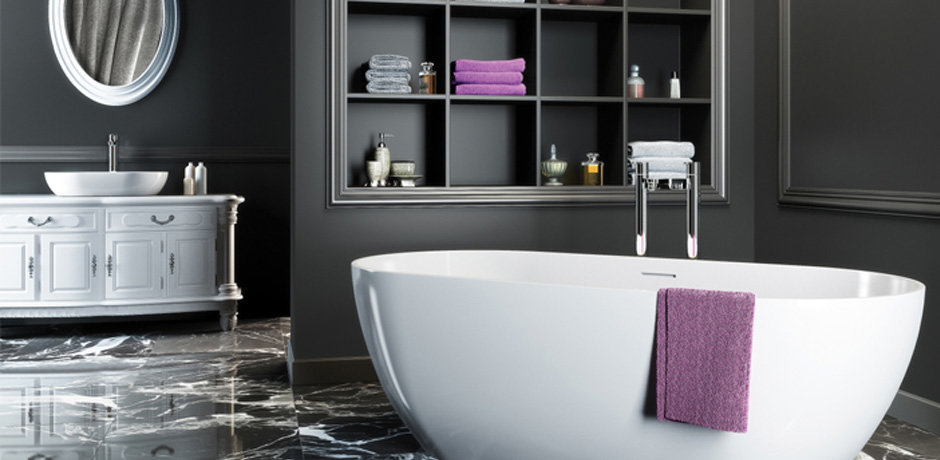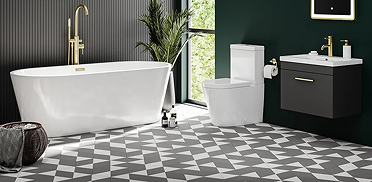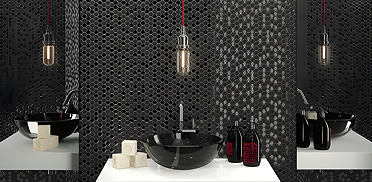UP TO 60% OFF WINTER SALE!
*Free delivery on orders over £499
How are Natural Stone Baths Made?
How are Natural Stone Baths Made?
Ever wondered how natural stone baths are made? We've got a little bit of history and some insight into the design and manufacturing process.
Natural stone bath tubs are the ideal way to make statement in the bathroom, both in style and luxury. Like every other item in the bathroom they come in a variety of shapes, sizes and styles. But in this post we are going to look at everything about stone bathtubs that make them unique. From the origins of stone tubs to how they are made today to give them such an amazing structure and design, we'll explore it all.
History
Natural Stone baths are believed to go as far back as the ancient Egyptians in 2500 BC. They are said to have built limestone bathing areas and had their servants pour warm water over them. Then in Crete around 1000 BC there is evidence of the very first freestanding bath tub and even a working plumbing system for sanitation and water supply which would be washed through clay piping using rain water. Now, these natural stone baths are back and growing in popularity for the bathroom, really showing off individuality and sophistication in their designs.
Why Natural Stone?
A natural stone bath tub is actually a more superior choice when compared with an acrylic tub. They can retain heat up to ten times to that of an acrylic bath tub as they have increased heat retention and are generally more durable. The thickness of the walls makes for a robust body and means they are well insulated. They are also easier to repair than standard baths as they are made from a single mould therefore meaning that you can simply polish and smooth away any scratches or scuffs. They have an organic feel to the touch, which can give your bathroom a more authentic tone.
How are Natural Stone Baths Made?
A natural stone tub is made from a natural stone and mineral resin, which is processed to begin with, getting rid of any unwanted substances to make for a purer grade of stone and then mixed into this special resin. This resin is then introduced to a high vacuum environment which will remove air and bubbles. A catalyst is put into the mixture which begins to harden before injecting it into a mould. When this step is finished the top half of the mould is taken off and the bath is put into a tunnel oven for 3 hours. Finally, it is inspected for defects and polished by hand for up to ten hours to ensure every edge, line and curve is smoothed to perfection.
How can I get my hands on one?
Luckily, we sell the full range of natural stone baths over on our main site. There are many different styles available, from elegant, minimal and modern to bold and strikingly traditional.

Greg
Greg is one of our most regular bathroom bloggers here at Victorian Plumbing. He's always looking for the latest bathroom trends and styles and will be posting them here regularly. He'll also be posting practical 'How To' step-by-step DIY advice and reporting on his latest bathroom ideas at Victorian Plumbing.



